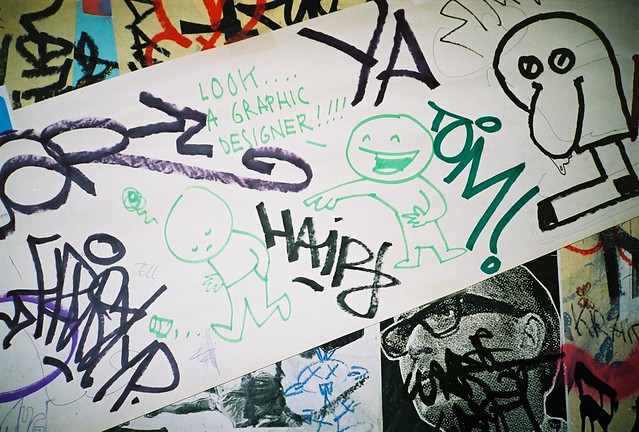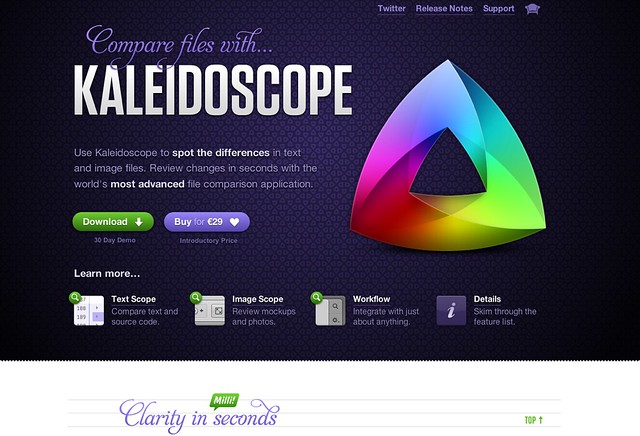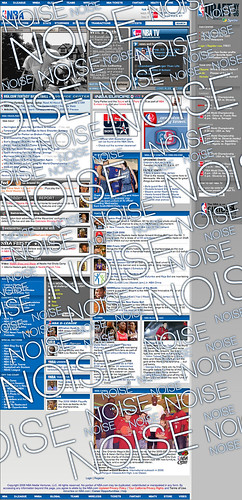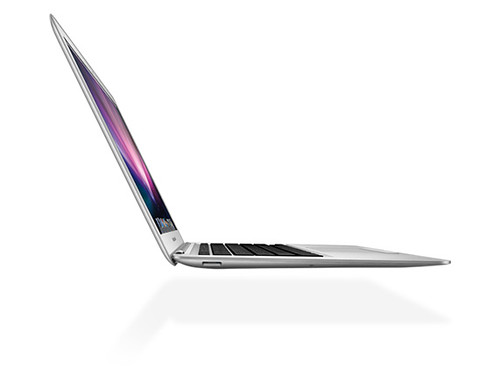Last Sunday, John Naughton published an article on The Guardian proclaiming “Graphic designers are ruining the web”, blaming highly aesthetic websites as the sole cause of slow and bloated webpages. If you’re like me and have at least an elementary working knowledge of SEO and linkbuilding, you know this tactic falls right under the term linkbait, and I mean that in the most negative sense of the word. A sensationalist, generalizing headline that’s more interested in gaining hits and hate than a worthwhile discourse.
You’re also probably familiar with one of Google’s newer factors in its search ranking algorithms and that is page load speed and performance so you’ll now this is a noteworthy issue, and are probably curious how design affects that.
Now if you’re not like me in that you’re not too familiar with how websites are designed, built, and delivered, or what design actually entails, then you need to know why the same headline jumps to conclusions all too hastily and why design matters.
Design is not just aesthetics
Graphic design is just one ingredient in creating a website, and there are a lot of types of websites out there. The common denominator may be that they all exist to serve information to patrons from all over the world, but the more specific objectives vary, from the artistic and entertaining to straightforward and utilitarian. Design—not just graphic design, but web design, user interface design, user experience design, interaction design—all exist to understand a company or client’s objectives and build a site that meets them.
Design is understanding that there will be a variety of demographics in a client’s target audience, and that the website must be able to serve those people’s needs satisfactorily, from how fast that page loads, to how easy it is to navigate that site and access the information they need, whether it’s from a desktop, a laptop, a tablet, or a smartphone.
Design is figuring out the most effective way for these people to understand the information being presented to them in terms of content format (blog? slideshow? graphs? infographic?) and other elements of design. Whether that means placing focus on only a few chunks of data at a time, or putting it all in one place at once.
Website bloat is not only due to design
As you can see, there are other factors to prioritize than just performance, and I haven’t even mentioned cost, probably the biggest issue of all. Aside from that, designers and developers rarely have the final say in what goes into a website; clients and project managers usually decide these things beforehand.
Sometimes it’s just the nature of the site to have a ton of content in it, such as news or products, although that’s not really an excuse for things to look unattractive, cramped, and chaotic. Designers and developers need to find a way to balance all of these considerations in a way that pleases everyone, but inevitably, trade-offs in performance happen.
Why design matters
Now that you’ve gotten a glimpse into the role of design in a website beyond “making it pretty”, consider the even bigger value it can make and the lessons that can be learned if you dive deeper. The world’s biggest companies that value design have become hugely successful because their design choices simply aren’t about being easy on the eyes (although that certainly helps), but make an impact on the lives of their customers and makes doing things easier and better, and even more enjoyable. Design is the conduit for that. As Enrique Allen in Fast Company’s Co.Design writes:
Designer founders have unique skills (not just visual) to understand human needs and discover unarticulated opportunities.
Design is a tool, not an obstacle, and if it’s producing negative effects on your product, then you need to reevaluate. The solution is never to toss it aside.





